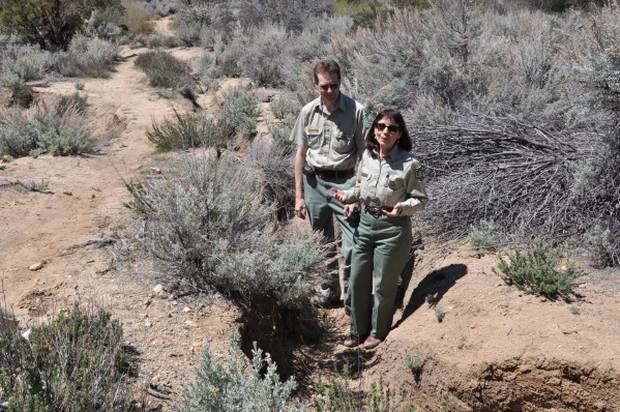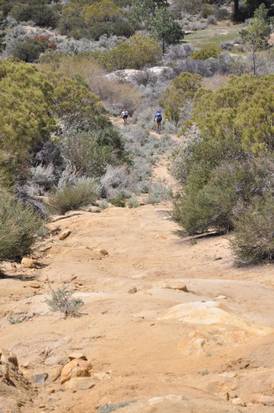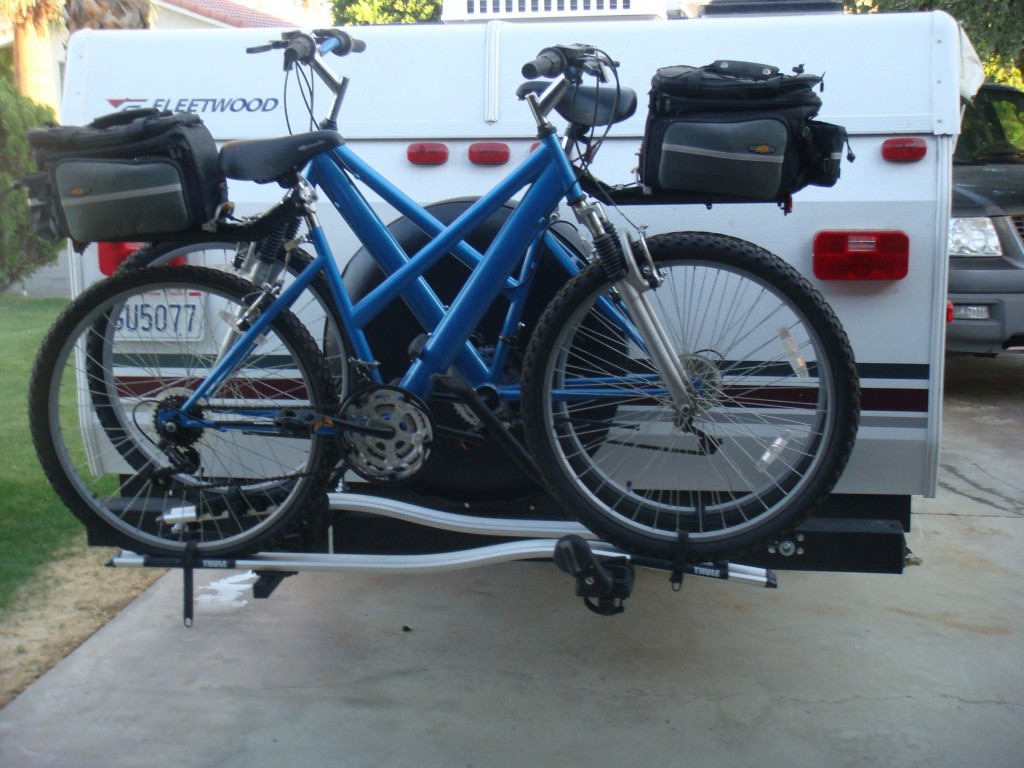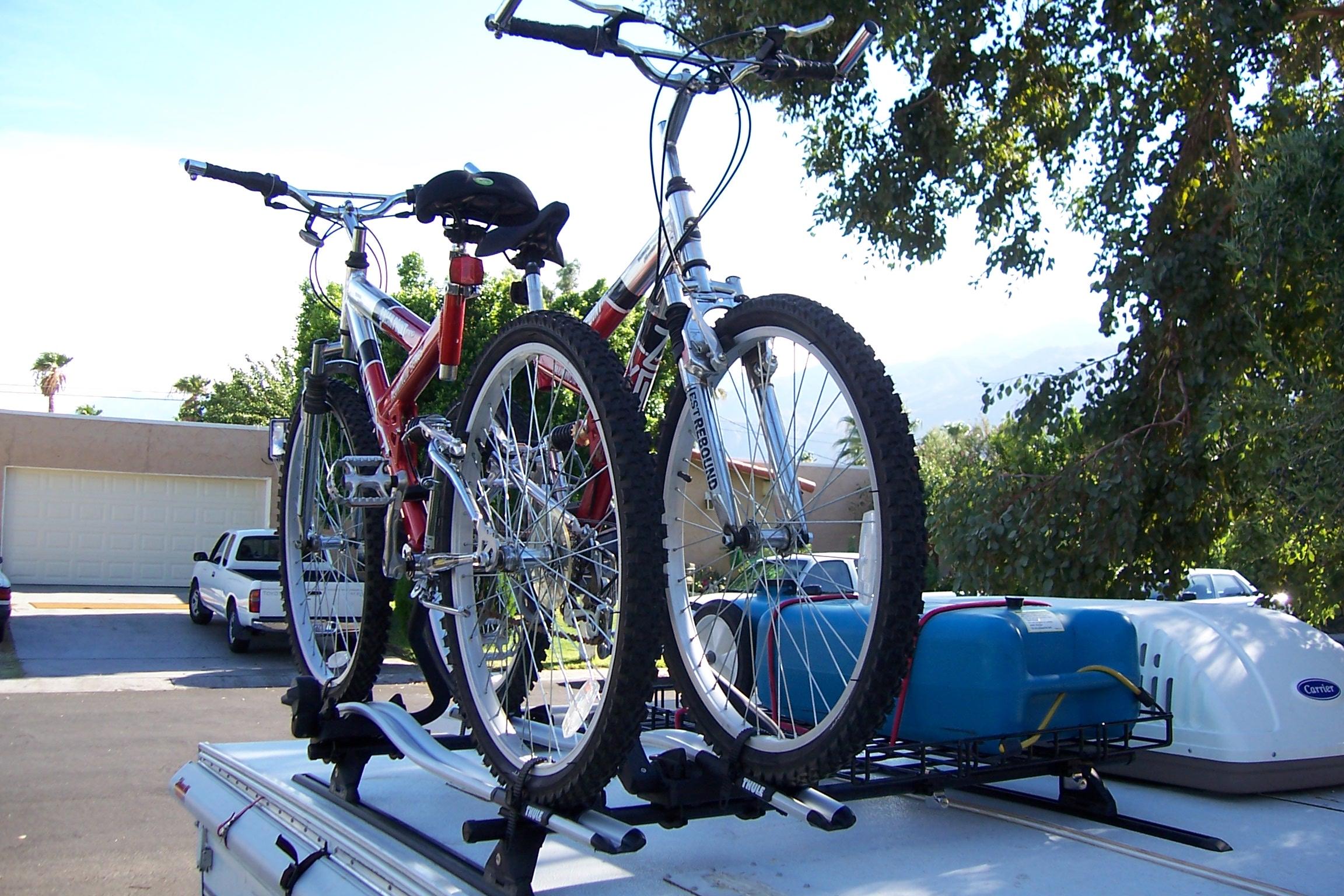The Mountain Bike Debate
There is a somewhat lengthy thread over at Backpackinglight.com debating whether mountain bikes should be allowed on back country trails. This is a complicated issue. For the few folks who have hiked with me, they know my preferred routes are cross-country, ancient Native American Trails, and unmaintained trails. These areas get very little traffic, and there is almost nil human impact from hiking. I avoid trails that see a lot of use.
Instead of posting this rather long essay on BPL, I decided to gather my thoughts here. In my opinion, folks should review their philosophy about public lands to make sure it aligns with their opinion on mountain bikes. That is; are you an environmentalist, a conservationist, or something else?
First, one must define environmentalism and conservationism. Like anything else in life, there is no universally accepted definition of either. For this post, I will use the following definitions for this post.
Environmentalist
 Your philosophy is close to that of John Muir. Federally owned lands are sacred. Man is an intruder. We should only visit nature with no impact at all. Hiking in the wilderness is acceptable. Most other human activities are not; to include roads and automobiles.
Your philosophy is close to that of John Muir. Federally owned lands are sacred. Man is an intruder. We should only visit nature with no impact at all. Hiking in the wilderness is acceptable. Most other human activities are not; to include roads and automobiles.
Conservationism
 Your philosophy is close to that of Teddy Roosevelt. Public lands should allow society to use natural resources for the economic benefit of society. Experts (the Government) should manage these resources, while trying to minimize man’s impact on nature. Logging, cattle grazing, dams, resorts, ski lifts, snowmobiles, mountain bikes, roads, bridges, 4WD roads, etc. can co-exist in nature with good central planning. It is held that society should realize economic benefits from public lands.
Your philosophy is close to that of Teddy Roosevelt. Public lands should allow society to use natural resources for the economic benefit of society. Experts (the Government) should manage these resources, while trying to minimize man’s impact on nature. Logging, cattle grazing, dams, resorts, ski lifts, snowmobiles, mountain bikes, roads, bridges, 4WD roads, etc. can co-exist in nature with good central planning. It is held that society should realize economic benefits from public lands.
Note: Central planning and economic benefits will require a government buracracy, special interest groups, lobbies, and special franchises for those with political pull and influence. This is the nature of our government – this is what happens in reality. Planned or not.
The Mountain Bike Debate
There are two components to this: environmental and social impact.
Environmental Impact
Many hold that mountain bikes have less impact on trails than hiking. This is true if the trail is hard packed track and the biker travels at moderate speed with gentle braking and very slow turning at points where the trail makes sharp changes in direction. Anyone who has ridden a bike on a trail knows that sudden stops at high speeds, sudden hard acceleration in low gears, high speed turns, etc. will disturb and loosen the top soil. So the question is whether these maneuvers result in long term damage to trails, and is this damage of concern.
There have not been a lot of studies done. But most trails used by mountain bikers today were designed for hikers, or are ancient use trails that were not designed for mountain biking. If one is an avid mountain biker, then the Hurkey Creek/May Valley area of Southern California is probably known to you. Especially what has evolved — the annual “24 Hours of Adrenalin” race. The trails in the area are well publicized on the Internet, books, and magazines. I am very familiar with this area, and my observations are anecdotal — that is I have hiked these very trails for the past 35 years.
These trails are in the San Bernardino National Forest, and a part of the western San Jacinto Mountain watershed. The trails are mostly ancient road beds built by ranchers and ex-property owners, and ancient use trails. None of them are part of the “official” USFS system of trails and none are maintained by the USFS. For decades these trails have been closed to vehicles and the only permitted users have been hikers, equestrian and mountain bikes.
I first found and started hiking this area in 1977. Most trails are not marked and I found them on topographical maps (along with many other trails in other sections of the area). When I started hiking these trails, most were over-grown with brush and plants, and not easy to locate in many sections. Some sections required “bushwacking” to navigate. The trails were not easy to locate. Most trails had a good foot path from local campgrounds and paved roads, but usually disappeared within a mile or two. One particular favorite trail is a 6 mile loop. In 1977 sections were over grown with ribbonwood trees and very, very difficult to navigate. I hiked this loop several times a year for about 30 years and never saw another person on the middle 4 miles of the trail.
By 2005, many of the trails around Hurkey Creek and May Valley became heavily used by mountain bikers. That is what happens – word of a trail open to mountain bikers results in an influx of users. Last year many of the trails in the area were closed due to excessive top soil erosion that was flowing into the Hurkey Creek drainage and then down into Lake Hemet. In November of 2012, $500,000 was put aside to rehabilitate and reroute some of the trails.
Here are some pictures from the Riverside Press-Enterprise of the damage caused by mountain bikes near Hurkey Creek.
Hurkey Creek Trail Mountain Bike YouTube Videos
Part 1 of 3
Part 2 of 3
Part 3 of 3
Many other trails in the area are closed to mountain bikes. Although they are not maintained by the Forest Service, and many are located in much steeper terrain than those around Hurkey Creek and May Valley, those trails are still intact and have very little erosion. For the past 5 years or so, all my hiking in this area has been on the trails that are closed to mountain bikes. I quit hiking the Hurkey Creek area in 2007. The section I described earlier with the ribbonwood overgrowth has been cleared by mountain bikers to gain access, and the trail now has considerable erosion.
Social Behavior
Unfortunately, the action of a few often causes people to stereotype an entire group. I have never had a confrontational encounter with mountain bikers. However, I just expect the worse; which never happens. I have shared trails with literally hundreds of bikers over the years. Typically the bikers yell out, “coming through” and expect me to yield, which I do. I do have to be on the alert for fast rider bikers, especially when going uphill on a twisty trail. I have witnessed numerous confrontations between bikers, and hikers/runners. Some were pretty disgusting. I have never seen physical violence between them. I have never seen a biker adhere to trail etiquette. The usual trail etiquette rules are, basically:
- Cyclists yield to everybody
- Everybody yields to horses
And then there is the mindset of many bikers. The race called “24 Hours of Adrenalin ” pretty much sums it up. Many bikers go to the mountains and deserts for the adrenalin rush. Most hikers I know go to these places for the nature experience; read John Muir or Edward Abbey for hundreds of quotes.
I do own a couple of inexpensive mountain bikes, and have owned several others over the years (see above). My wife and I ride them on paved mountain roads, dirt Forrest Service roads, and the occasional flat trail where bikes are allowed. Many years ago I owned an expensive Trek brand mountain bike. Once I saw what had happened at Hurkey Creek, I sold it; just like I sold my dirt bike in 1975 after my first visit to Anza Borrego State Park, where trail damage is too extreme to describe without cursing. I later purchased several cheap mountain bikes, which we often take on camping trips.
Conclusion
If mountain bikes are to be allowed on trails, those trails need to be designed for mountain bike use. This is often much more time consuming and expensive to build than a dedicated hiking trail. Also, the cost of building and maintaining trails, no matter for what use, should be borne by the people who use them.




